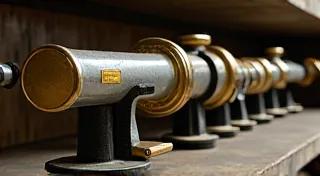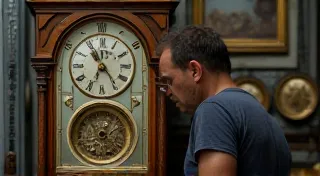Binoculars to Big Aperture: Charting a Course in Astronomical Investment
There’s a certain poetry to old instruments, a resonance that transcends their practical function. I’m thinking of antique accordions, for instance – those bellows of wood and metal, keys worn smooth by countless hands, each note a ghost of melodies past. They speak of travelling musicians, dimly lit halls, and the shared joy of community. Similarly, telescopes, while ultimately tools for scientific exploration, also possess a history, a lineage of human endeavor aimed at understanding our place in the vast cosmos. Choosing your first telescope, or even upgrading an existing one, is like embarking on that journey – a considered investment in wonder.
For many, the initial spark of interest in astronomy comes from a simple, readily available instrument: binoculars. Don't underestimate them. They offer a surprisingly wide field of view, ideal for sweeping across the Milky Way and locating deep-sky objects. The clarity and detail you can observe with even a modest pair of 7x50 or 10x50 binoculars is truly remarkable, offering a first taste of the universe's grandeur. They’re also, crucially, portable. Imagine gazing at the Andromeda Galaxy from a dark sky location, the cool night air on your skin, guided only by the starlight and the gentle sweep of your binoculars. It's a profound, grounding experience.
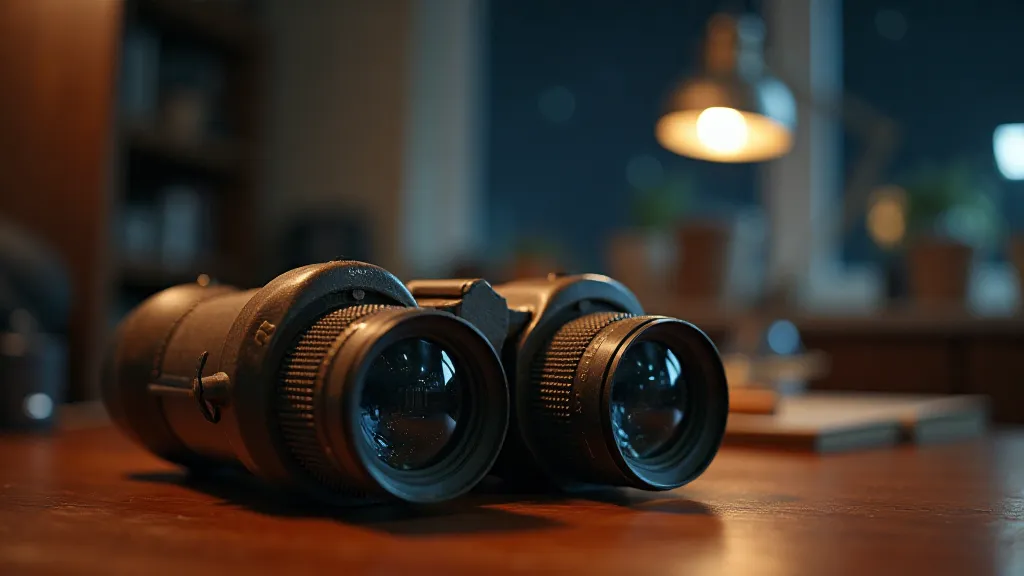
The Refractor: A Classic Start
When it's time to move beyond binoculars, a refractor telescope often presents the most straightforward entry point. These telescopes use lenses to gather and focus light, and they’re known for producing sharp, high-contrast images – particularly good for observing the Moon, planets, and double stars. Historically, refractors were *the* primary type of telescope; think of Galileo's groundbreaking observations or the elegant, brass refractors of the 19th century. There’s a timeless appeal to them, a connection to the pioneers of astronomy. Understanding how the different lenses affect the images – particularly issues like chromatic aberration – is a crucial next step for any aspiring astronomer.
A beginner refractor, typically in the 60-80mm aperture range, is relatively inexpensive and requires minimal maintenance. However, chromatic aberration (color fringing) can be an issue with smaller refractors, especially at higher magnifications. Apochromatic refractors, which use special glass to correct for this aberration, are significantly more expensive, but offer superior image quality. The craftsmanship involved in producing these lenses – the precise grinding and polishing required to achieve perfect optical surfaces – is truly impressive. It's a testament to human ingenuity and dedication.
The Newtonian Reflector: Aperture and Value
If your observing goals include faint deep-sky objects like nebulae and galaxies, aperture – the diameter of the light-collecting element – becomes paramount. And here, the Newtonian reflector shines. These telescopes use a concave mirror to gather light and a flat mirror to redirect it to the eyepiece. They offer the most aperture for your money. A 6-inch Newtonian reflector will gather significantly more light than a 60mm refractor, revealing details in faint nebulae that would be completely invisible through the smaller telescope. This translates to a richer, more detailed view of the cosmos.
Newtonian reflectors are also often easier to upgrade. The optics are relatively simple, and the secondary mirror and focuser can be replaced with higher-quality components as your skills and budget grow. Restoring an older Newtonian reflector can be a rewarding project, allowing you to appreciate the ingenuity of its design and the skills of the original craftsman. Carefully cleaning the mirrors (a delicate process requiring specialized solutions and techniques) can breathe new life into a neglected instrument. The right choice of eyepiece can dramatically enhance the observations possible with your Newtonian, allowing you to adjust the magnification and field of view.
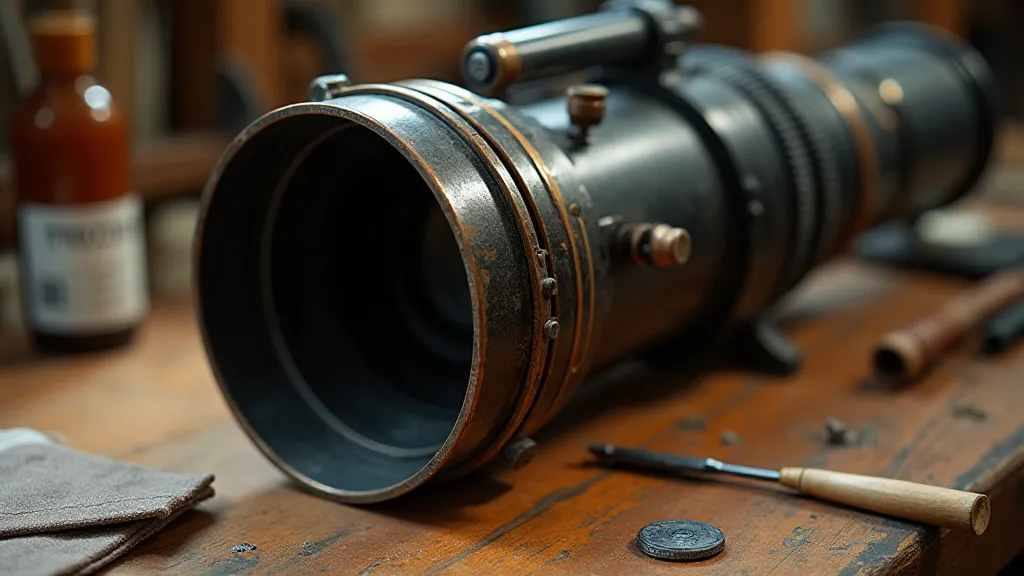
The Schmidt-Cassegrain: Versatility and Convenience
Schmidt-Cassegrain (SCT) telescopes represent a compromise between aperture and portability. They combine a spherical mirror with a Schmidt corrector plate to produce a compact, versatile instrument. SCTs offer a long focal length, making them well-suited for high-power planetary observing, but they can also be used for wide-field astrophotography. Modern SCTs are incredibly sophisticated, incorporating computer-controlled GoTo mounts that automatically locate celestial objects.
While SCTs are generally easier to use than Newtonians, they can be more expensive. The corrector plate, which corrects for spherical aberration, is a complex optical element that is prone to scratches and dust accumulation. Regular cleaning is essential to maintain image quality, and this can be a delicate task. Some older SCTs, particularly those from the 1970s and 1980s, can benefit from corrector plate replacement. It’s a significant investment, but it can dramatically improve performance. The ability to subtly manipulate light to create these stunning images is key, and understanding the fundamentals of filters can unlock even more detail. Perhaps, further exploration of the dance of filters will be of interest.
Beyond the Basics: Considerations and Upgrades
Choosing a telescope isn's just about aperture and type; it's also about considering your observing location. Light pollution is a major factor; even a powerful telescope is useless if the sky is obscured by artificial light. A dark sky site, even if it requires a bit of a drive, will offer significantly better observing conditions. A sturdy mount is also essential. A wobbly mount will make it difficult to keep the telescope pointed at the target, resulting in a frustrating observing experience. Learning how the mount affects the images, and choosing the right one for your needs, is important for the quality of your observations.
As you gain experience, you may want to consider upgrading specific components of your telescope. A better focuser will allow for more precise focusing, a better eyepiece will provide wider fields of view and sharper images, and a better mount will provide smoother tracking. The precise and detailed work required to build the mounts used in astronomy represents a significant achievement. The dedication needed to map out the heavens also requires a careful understanding of the processes involved – that is, the work of a celestial cartographer. Collecting antique astronomy equipment—old eyepieces and mounts—is a niche hobby in itself, with the potential to uncover beautiful examples of craftsmanship and design. Each piece tells a story – a silent testament to the enduring human fascination with the cosmos. Like an old accordion, each telescope, each lens, each mount carries echoes of its past, inviting you to connect with the legacy of those who looked up at the same stars long before you did.
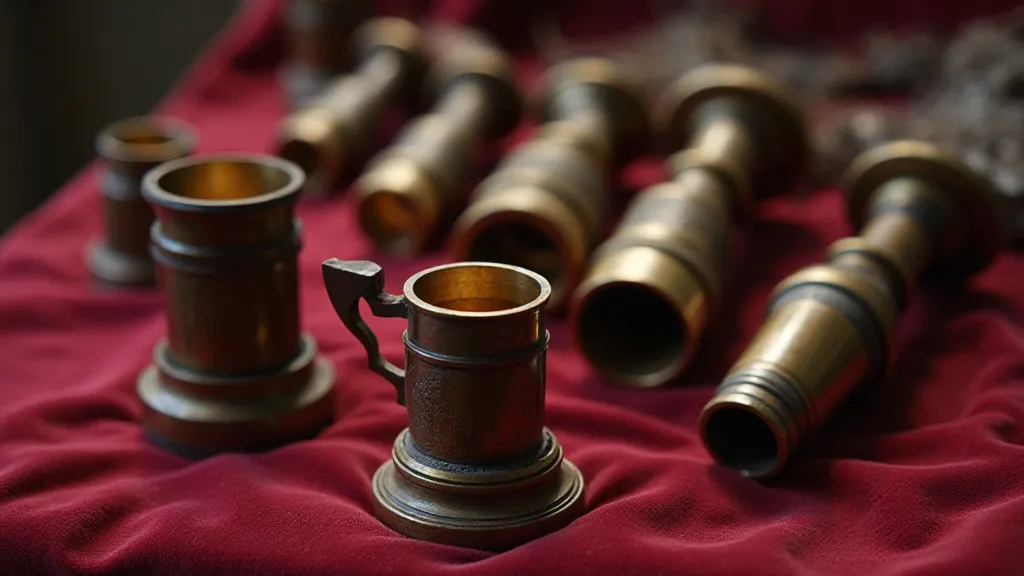
The journey of astronomical investment is a continual process of learning, experimenting, and refining. It’s a journey of discovery, not only of the universe but also of oneself. The universe is vast and complex, and it demands respect and careful study. The tools available to us—from the simplest binoculars to the most advanced telescopes—represent the culmination of centuries of human ingenuity and dedication. Each telescope represents a unique window into the cosmos, a tool for unlocking the mysteries of the night sky and appreciating the beauty and grandeur of creation. And as technology continues to advance, the possibilities for astronomical exploration seem limitless, offering a continuous opportunity for both seasoned astronomers and curious beginners alike to expand their understanding of the universe and our place within it. The future of astronomical investment promises exciting new discoveries and a deeper appreciation for the wonders that lie beyond our world.


